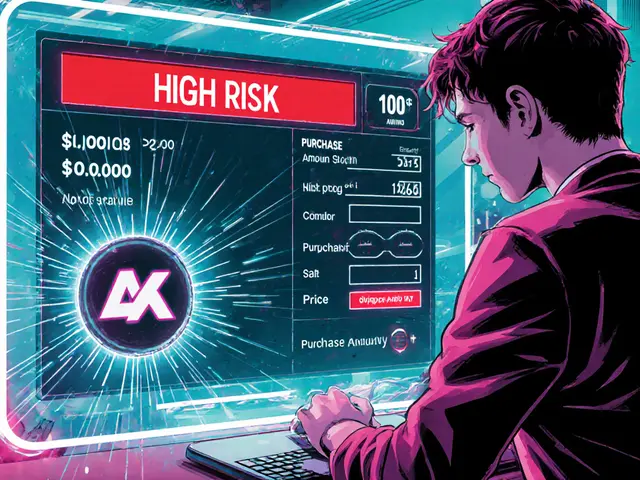Cryptocurrency Exchange Fines: What You Need to Know
When dealing with cryptocurrency exchange fines, monetary penalties imposed on crypto platforms for breaching rules. Also called exchange penalties, they often stem from failures in regulatory compliance, adhering to laws set by financial authorities and weak anti‑money laundering, processes that detect illicit transactions. A lax exchange licensing, the official permission to operate a trading platform can also trigger hefty fines.
In practice, cryptocurrency exchange fines encompass three core ideas: (1) non‑compliance with regulatory standards, (2) inadequate AML controls, and (3) missing licensing requirements. Regulators such as the SEC, FCA, or OJK treat each breach as a separate violation, so the total penalty can multiply quickly. For example, a U.S. exchange that skips AML reporting may face a $5 million fine, while the same platform also operating without a proper license could add another $3 million to the bill.
Why does this matter to everyday traders? Because fines often trickle down as higher fees, reduced liquidity, or even sudden shutdowns. When an exchange is fined, it may freeze withdrawals, limit trading pairs, or raise transaction costs to cover the loss. Knowing the link between financial penalties, the cash outlay a regulator demands and user experience helps you pick a platform that can absorb the hit without hurting you.
Regulatory compliance isn’t just paperwork; it requires real‑time monitoring, robust KYC (Know‑Your‑Customer) checks, and automated transaction screening. Exchanges that invest in modern compliance tech tend to dodge big fines, while those relying on manual processes become prime targets for enforcement actions. Think of compliance as a safety net: the stronger the net, the less likely a regulator will step in and slap a fine.
Anti‑money laundering rules are another hot spot. AML frameworks demand that every large transfer be flagged, that suspicious patterns be reported, and that customer identities be verified. When an exchange skips these steps, it opens the door to money‑launderers, and regulators respond with stiff penalties. The recent wave of AML‑focused fines in Europe shows that even well‑known platforms aren’t immune if their AML systems lag behind the latest standards.
Lastly, exchange licensing acts as the gatekeeper. Obtaining a licence usually means the platform has passed a rigorous audit of its security, capital reserves, and governance. Without that badge, a regulator can deem the operation illegal and levy fines that dwarf the cost of obtaining the licence in the first place. Many jurisdictions now require separate licences for spot trading, derivatives, and custodial services, so a single platform can face multiple fine categories.
Below you’ll find a curated set of articles that break down real‑world fine cases, explain how compliance teams build effective AML pipelines, compare licensing regimes across major markets, and give you actionable steps to protect your crypto holdings from the fallout of exchange penalties.

A 2025‑focused guide on major crypto exchange enforcement actions, the fines imposed, common compliance gaps, and a practical checklist to keep your platform safe from regulators.
Continue Reading





